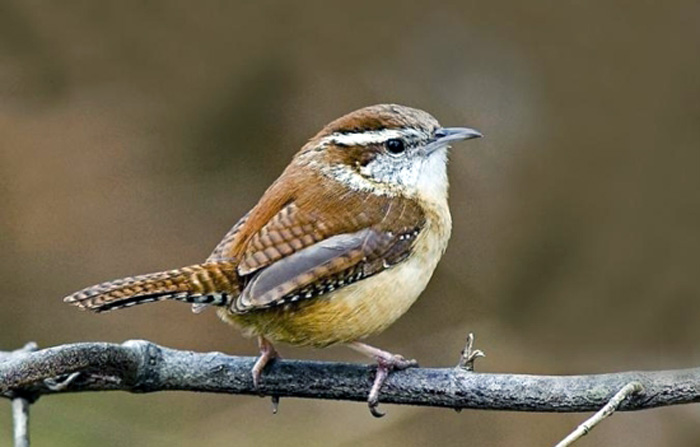He also stated that reports regarding the extinction of the copetón, were not true and that there are plenty of these birds in the northern part of Bogotá, in fact many thrive in the local parks around the city. On the other hand the cucarachero is being impacted by a parasite bird, the Shiny Cowbird (Molothrus bonaeriensis) known by its Spanish common name as the "chirlo girlo" or "chamón"
"At the end of the nineties, we only knew of seven or eight cucarachero couples. Currently we could only find one or two individuals in the moorland or the Fúquene lagoon and Lake Tota. We are on the verge of losing this bird in the Savannah", says Stiles.
Professor Stiles explains that the chamón is a parasitic bird that lays its eggs in other birds" nests, such as the cucarachero. Being a larger bird than its host, the offspring have a greater capacity to fight for food than the cucarachero brood, which die of starvation. He also adds that the environmental authorities in Bogota, such as the Secretaría de Ambiente (the environmental agency) should perform a massive culling of the chamón, if it"s not already too late. This should be done with the goal of protecting an artistic and cultural icon of Bogotá. "However, this would be an unpopular political decision as it would be hard to explain the killing of one bird species to save another", adds Stiles.
If the cucarachero disappears, which has been in danger since the turn of the century, the copetón (Zonotrichia capensis) is the next victim in line for the chamón. "With the help of the Bogota Ornithology Association we have completed 20 years of Christmas counting of these birds. We can say that the copetón maintains a steady population in the northern section of the city, as well as in adjacent areas such as Tabio and La Calera", says Stiles.
Other reports indicate that the Great Thrush (Turdus fuscater) is exterminating the copetón by eating its offspring. According to this expert, the thrush is also maintaining a steady population. "The copetón has not yet disappeared, and to say that is an exaggeration", insists Stiles.
"It"s true that habitat alteration and destruction have displaced the birds, especially noise, which makes their communication difficult, including the copetón"s singing. A UN-Master"s degree candidate, Laura Ramírez, is currently doing a research project on how noise has affected bird communication, says Stiles.
"The chamón is very pretty, and has black glossy feathers with a green to purple sheen. The female is a bit more grayish. This bird originally comes from warmer areas, and possibly due to climate change has migrated to higher altitudes such as Bogotá, because of the rising temperature in the city. It is seen frequently on the banks of the Bogotá River and in marshes", concludes Stiles.
 Correo Electrónico
Correo Electrónico
 DNINFOA - SIA
DNINFOA - SIA
 Bibliotecas
Bibliotecas
 Convocatorias
Convocatorias
 Identidad UNAL
Identidad UNAL





